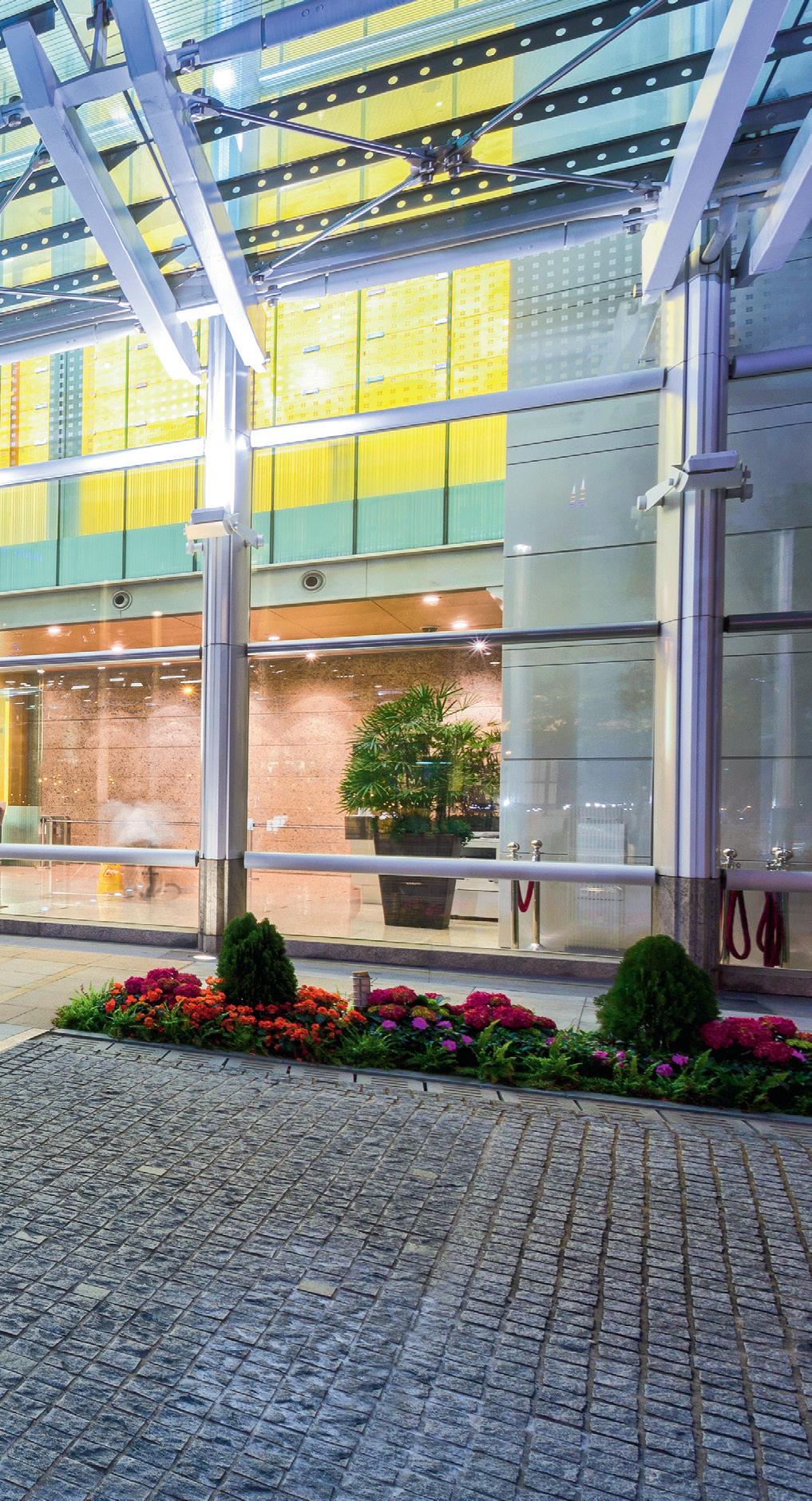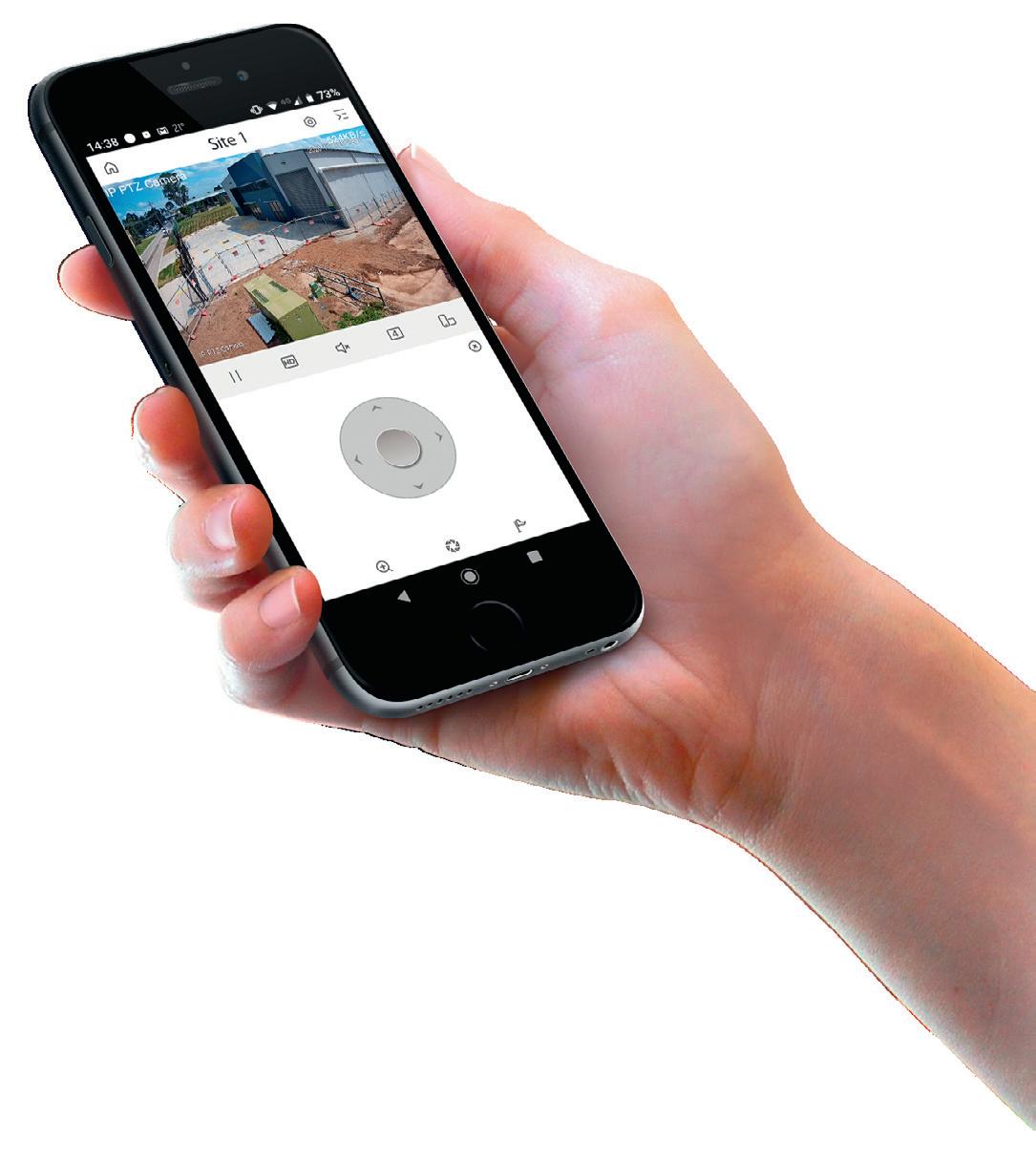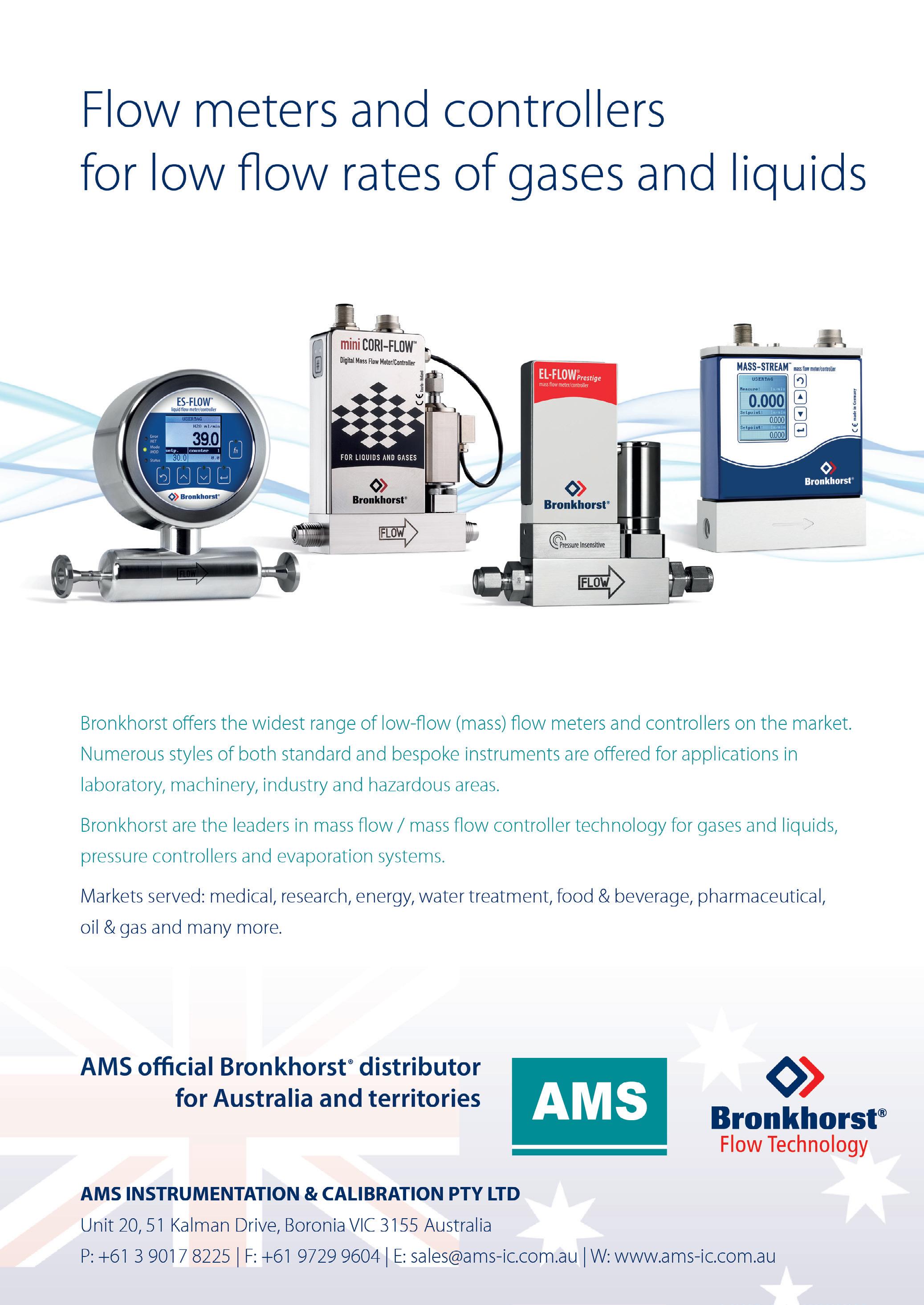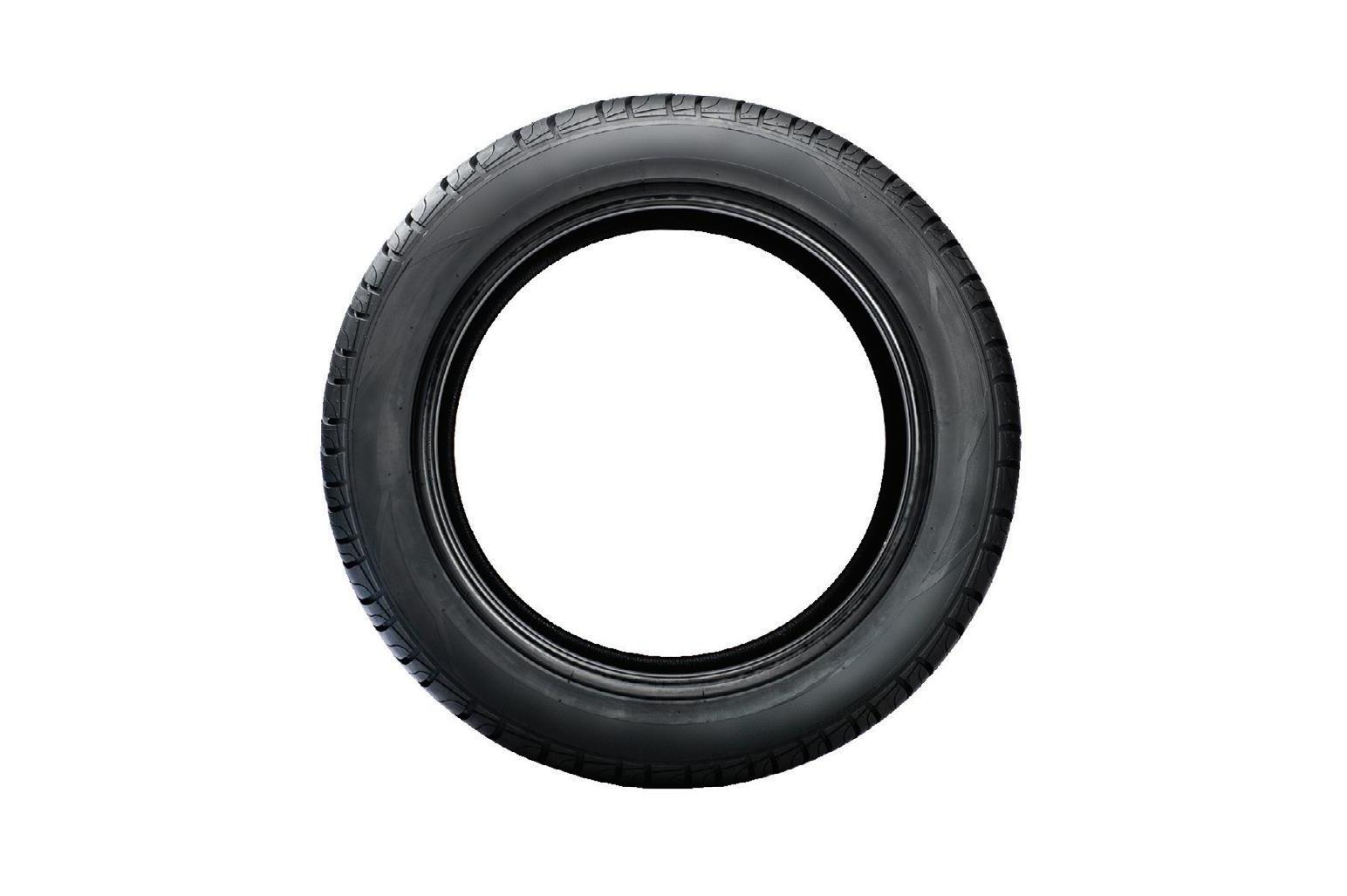
15 minute read
Buildings can help create a sustainable future
©stock.adobe.com/au/zhu difeng
Smart building systems monitor and alter parameters according to user needs — it comes back to helping people work productively; everything from the right light, CO2 levels, heating and cooling, security, and space utilisation.
For the occupant, the building can alter all these systems according to their needs, providing more comfort and an enhanced working experience. In the smart building, so much comes down to space utilisation and space activation, understanding what is going on across the workplace, around the workplace and where people are most productive. It’s about making the right, functional space available at the right time.
Operating our buildings better saves energy, activating services and spaces when and how they are needed, creating spaces for a purpose, with the right level of comfort, lighting and environmental conditions — providing optimum conditions for teams and sustainability.
New technology means building hardware can be altered by software. Software that used to control a floorplate can now zero in on rooms — the air conditioning, the lighting and spaces can be broadened into two, three or four zones.
Traditionally, building systems were built as a fixed arrangement — to make changes to a space or to the functionality of the space, you had to physically shift equipment and people. Now technology allows us to reconfigure the space based on how the space is being used around it.
As we know, what enables smart buildings is the IoT element, activating rich data so it becomes active, available and actionable. Schneider Electric provides IoT-enabled platforms such as EcoStruxure Building Operation that allow for the integration and activation of building data into the IT space, which then allows further integration with activities and services that are more user or business centric.
The next step towards a smart, sustainable building is managing your energy source. We must maximise electrification. Electricity is the most efficient form of energy, especially when digitised to control demand and supply — going all electric and all digital ushers in a new era of Electricity 4.0.
Electricity should come from renewable sources. With the proportion of renewable generation growing steadily, companies should be looking to Power Purchasing Agreements. Schneider Electric’s advisory division, Energy and Sustainable Services, has negotiated many of these procurement solutions for companies big and small.
Some businesses are becoming independent of the network by implementing their own microgrids. We helped South Australia Produce Market do just this. Previously, the market’s electricity had been externally supplied — now the market has installed a solar-powered microgrid, giving it autonomy, and it is significantly cutting power bills.
Microgrids, powered by solar or wind, reduce carbon footprints, and when combined with battery storage, allow buildings to operate independently of the grid. Solar is a great energy option for many buildings, even creating the potential to become an energy prosumer, selling energy back to the grid.
This pandemic year has seen relationships with places of work change. As we develop new, more flexible ways of working, smart buildings can assist that transition, adapting and evolving to the requirements of the workforce.
Data has played a key role in our changing ways of work as we’ve embraced remote working. As we contemplate returning to offices in greater numbers, data will enable us to have the necessary information around levels of safety and comfort in the physical environment. It will allow us to better utilise our corporate spaces in safer and more productive ways.
A new offering from Schneider Electric can assist, providing Australia’s first all-in-one approach to digitally managing buildings’ operations and energy consumption. The Connected Room Solution is an IoT ecosystem that senses dynamic environments and makes automatic and on-demand app-enabled adjustments to lighting, air conditioning and blinds, while also providing interaction with the next generation of smart building IoT devices.
The technology allows us to reconfigure the space based on how it is being utilised, providing dynamic adjustment of environmental conditions for the users’ immediate surroundings. It makes a building responsive to the changing needs right now, but also futureproofs it.
The buildings of the future must be both sustainable and productive. Today’s global demands for sustainability and flexibility will push the transformation of buildings into overdrive. To survive and thrive as a building developer, owner and operator, you need to capture the power of the all-digital, all-electric world with more efficient and people-centric buildings.
For more information, visit se.com/au/buildings-of-the-future.
VORTEX TUBES EXAIR vortex tubes are designed to provide a maintenance-free solution to a variety of industrial spot cooling problems. Using an ordinary supply of compressed air as a power source, vortex tubes create two streams of air, one hot and one cold, with no moving parts.
Vortex tubes can produce temperatures from -46 to +127°C, flow rates from 1 to 150 SCFM (28 to 4248 SLPM) and refrigeration up to 10,200 Btu/h (2571 Kcal/h). Temperatures, flows and cooling power are adjustable over a wide range using the control valve on the hot end exhaust.
Over the years, the basic vortex tube has been used in many industrial cooling applications. A few have become popular enough to warrant the development of an ‘applied product’ designed to suit the specific application. These products include the adjustable spot cooler, mini cooler, cold gun and cabinet coolers for cooling and purging electronic control panels.
Standard vortex tubes are suitable for ambient temperatures up to 52°C. High-temperature vortex tubes for ambient temperatures above 93°C are also available.
Applications include cooling electronic controls, cooling machining operations, cooling CCTV cameras, setting hot melts, cooling soldered parts, cooling gas samples, electronic component cooling, cooling heat seals and cooling environmental chambers.
Compressed Air Australia Pty Ltd
www.caasafety.com.au

DIGITAL PANEL METER Acromag VPM3000 Vertu digital panel meters are able to operate as a transmitter or alarm to satisfy a wide variety of process and temperature applications.
The VPM3000 is field-programmable to accept many inputs including process voltage, process current, platinum RTDs and the four most common thermocouples. It can also provide 24 VDC to power a transmitter’s 4–20 mA signal. Two relays and isolated 4–20 mA output options increase the utility of the display. The relays can be used for limit alarms or control applications. The 4–20 mA output provides isolated retransmission of the input signal — especially useful for temperature inputs like thermocouples and RTDs without an additional signal conditioner.
A shallow-depth, 1/8 DIN enclosure features a NEMA4X front panel and convenient mounting hardware. There are two power options: 85–265 VAC or 12–36 VDC. AC powered versions can provide 24 VDC to power a transmitter or other instruments. Programming and set-up are easy with either the four front-panel pushbuttons, the free configuration software or using the Copy function.
Extra-large display numerals are 30.5 mm high for easy reading from a distance. The display intensity is also adjustable to compensate for various lighting conditions, including direct sunlight.
Metromatics Pty Ltd
www.metromatics.com.au RUGGED TABLET The Winmate M133WK rugged tablet features an Intel Core i5-8265U 1.6 GHz processor with up to 1 TB to deliver a CPU performance that allows high-performance applications to run with the support of the Windows 10 IoT Enterprise operating system.
The product is IP65 rated for protection against dust, dirt and water ingress. The tablet has passed MIL-STD810G testing for shock, vibration and accidental drops from 1.2 m to concrete. It features a large, 13.3″, 1920 x 1080 IPS widescreen LED panel with user-friendly touch experience enhanced by projected capacitive (PCAP) multitouch and high readability in humid outdoor environments delivered by optical bonding and anti-glare technology.
The device is equipped with WLAN 802.11a/b/g/n/ac and Bluetooth by default with the option of GPS/GLONASS and 4G LTE for more connectivity.
Backplane Systems Technology Pty Ltd
www.backplane.com.au



LOAD CELLS Interface load button miniature stainless steel load cells are small in size but have a wide range of measuring capacities, from 22 N to 220 kN. The spherical radius design of the Interface compression load button load cells is frequently used in confined spaces providing high precision force measurement solutions.
Innovating industries are increasing the demand for accurate sensor technologies they can use in OEM applications, like medical devices, drones, industrial automation, packaging and robotics. The engineered product designs of these smaller applications require high-performing load cells, like the LowProfile pancake-style load cells, in a much smaller construction.
Interface load button load cells have diameters ranging from 25 to 96 mm, heights from 10 to 38 mm and are offered in a range of models.
The LBM compression load cells offer capacities from 110 to 220 kN and are environmentally sealed and temperature compensated, while the LBS miniature compression load cell is a small load cell that offers capacities ranging from 22 N to 4.4 kN and can be as small as 3 mm in height.
The LBMP overload-protected compression load cell is overload protected, temperature compensated and has a small diameter. Its capacities range from 0.01 to 100 kN.
The LBMU ultra-precision compression load cell offers higher accuracy and enhanced eccentric load rejection with capacities from 444 N to 4.4 kN, while the MSC miniature column compression load cell uses Interface’s proprietary temperature compensated strain gages. It has a small compact design with low deflect.
AMS Instrumentation & Calibration Pty Ltd
www.ams-ic.com.au


VIP VISION SOLAR SURVEILLANCE FOR SITE SECURITY, SUPERVISION & SUCCESS

From construction and mining sites to business and government applications, the 4G solar surveillance system from VIP Vision can be delivered to the most challenging of sites.
Outdoors surveillance installations can be challenging to install, especially in locations such as construction sites and farm fi elds that do not have reliable power infrastructure set up. In addition, underground cable runs to cameras can be both time consuming and expensive.
VIP Vision Solar CCTV Systems delivers professional surveillance to the most challenging of sites. With self-sustaining solar power and an internal lithium battery, the system can be installed in almost any outdoors setting, without the need to run any cabling.
It features the latest in 4G-enabled remote site surveillance, with advanced camera artifi cial intelligence and simplicity of installation and operation. With comprehensive remote viewing options, the site can be viewed from almost any device, including iOS (iPhone and iPad), Android, PC and Mac software or web browser.
Common solar CCTV applications
Business: Identify people and vehicles entering and leaving remote worksites. Users receive real-time notifi cations via mobile app or email. Construction, roadworks & mining: Oversee any construction or mining project. Check arrival and departure times. Generate time-lapse construction videos. Be advised of out of hours activity or site intruders. Government & councils: Deploy cameras with number plate recognition to identify vehicles committing offences such as rubbish dumping. Provide security and convenience lighting in car parks, nature reserves, boat ramps, walkways etc. Link CCTV cameras back to a centrally managed system. Rural & farming: Remotely monitor and open/close farm gates or turn pumps on/off. Create long-range WiFi Networks on your

property. Install cameras to monitor livestock, feeding points and machinery sheds.
In all cases the addition of desktop PC software allows remote confi guration and monitoring of multiple sites simultaneously. Users can create a video wall at their head offi ce with video feeds from all their sites.
VIP Vision Solar CCTV Systems have recently been installed in multiple construction sites across Sydney, achieving satisfying results.
The system can be set up to take snapshots at regular intervals, which can be used to create video time lapses of the day. This is an excellent way for site managers to review progress made to a building over the course of a day.
With network connections via 4G or WiFi, and remote access via desktop, phone or tablet software, surveillance footage can be easily accessed.
Featuring the latest in AI surveillance technology, the system is capable of distinguishing between people, vehicles, and other moving objects. This, in combination with mobile push alerts, will keep users notifi ed whenever suspicious activity is detected.
The system uses a high-resolution PTZ (pan-tilt-zoom) camera, with rotation up to 355°. This camera can both be controlled remotely via software, and set up to automatically tour the areas, as well as zooming in and focusing on detected people and vehicles. With up to 4x lossless optical zoom, a high amount of detail can be captured from long distances.
The camera features 24/7 continuous edge recording and uses a surveillance-grade micro SD card, automatically overwriting the oldest footage. The included 256 GB card can record over seven days of footage at full resolution, with the use of motion activation being able to far extend this period.

Standard solar surveillance system
The standard solar surveillance model includes: • 120 W solar panel with built-in 500 Wh LiFePO4 battery to power the system for up to three days in cloudy conditions. • 50 W LED light (9400 lm) with 360° motion and daylight sensors; can be confi gured to only light up when needed, be dimmed or disabled entirely. • 4 MP PTZ camera with pan, tilt and 4x optical zoom functions that can see in total darkness up to 15 m away with built-in infrared illumination (B/W). • Pole and base with sturdy, galvanised hinged 4.5 m metal pole with approx. 500 kg concrete base. • Assembly camera junction box and pole bracket with 4G wireless AP. *SIM card & service charges not included
Contact VIP Vision on 1300 307 067 for a free demonstration
WHAT WILL THE POST-COVID-19 SMART BUILDING LOOK LIKE?

Wayne Spencer, CEO
©stock.adobe.com/au/nnudoo
As Australian organisations prepare for their staff to cautiously return to the workplace in 2021, smart buildings will play a key role in helping them get back to business as usual in the ‘new normal’.
Thanks in part to Melbourne’s strict lockdown, Australia is faring better than most countries when it comes to tackling the COVID-19 crisis. The staggered easing of restrictions across the country is allowing businesses to plan for a gradual return to work next year, but only with robust social distancing and workplace contact tracing regimes in place.
Tackling the challenges of COVID-19 will see the advantages of smart buildings come to the fore in 2021 although, even before the pandemic, organisations were already embracing their many benefits. The global smart building market is expected to grow from $8.49 billion in 2016 to reach $57.81 billion by 2023, with a compound annual growth rate of 31.5%.
The increasing adoption of energy-saving technologies has fuelled early market growth, offering more cost-effective management of HVAC services. AccessIn is powered by Zetaris technology, which allows both localised and cloud-based HVAC systems to integrate effectively in the one place without the need to rebuild historic technology systems.
Energy management delivers a clear return on investment for smart buildings while also empowering organisations to meet their green targets in alignment with their social responsibility programs.
Enhanced safety and security programs have also driven the take-up of smart building platforms, with the impact of the coronavirus pandemic set to further accelerate adoption.
Take a hands-off approach to smart building access Touch-free building access will be a cornerstone of the new COVIDsafe workplace, as organisations look to reduce physical contact and face-to face-interactions.
This begins at the front door, with automated and secure entry based on user profiles — opening smart locks as well as activating doors and turnstiles automatically, while incorporating infrared heat detection and temperature checks.
Meanwhile, traditional visitor access technologies such as check-in kiosks and physical guest passes will be replaced with touchless solutions that allow staff to securely authorise guests and permit building access without leaving their desk.
These solutions are driven by smartphone apps which take advantage of QR codes, Bluetooth sensors, facial recognition and geofencing, while extending to end-to-end solutions which incorporate car park access.
With most commercial buildings, there is no way of monitoring building occupancy and hibernating spaces accordingly. Likewise, there is no way of monitoring social distancing or trace COVID cases.
Once people are onsite, smart building technologies will allow organisations to meet their COVID-safe social distancing obligations while also demonstrating compliance. This includes enforcing maximum capacity levels, identifying congregation hotspots, issuing distancing alerts, consolidating communication systems, supporting contact tracing and allowing staff to book hotdesks, lockers and meeting rooms.
The COVID-safe practices underpinned by smart building platforms can even extend to the management of cleaning services with minimal touch points, addressing a key challenge for smart building managers by tapping into and analysing building data. Enabling the view of all systems in one interface reduces touch points and increases building efficiency, ensuring that the many points of data are not lost and overseen.
Look to the future Beyond tackling COVID-19, smart buildings are also a wise long-term investment when it comes to boosting productivity and efficiency across an organisation. The same smart building technologies which underpin social distancing can also allow organisations to make the most of their buildings, such as changing the purpose of spaces to meet different needs at different times of day.
Along with managing and protecting staff, smart building platforms allow organisations to distribute and track assets across a portfolio of sites, as well as manage the life of a building asset to retain commercial value. This includes reporting and digitally auditing faults and maintenance issues more quickly, with predictive reporting for allocating tasks and communicating progress more efficiently. It is also possible to link accounting and time charges with tasks regardless of existing software.
The post-COVID-19 smart building won’t just be optimised to help organisations meet the challenges of the pandemic. It opens up a wealth of possibilities for futureproofing buildings, with the use of AccessIn’s cutting-edge technology and operations to deliver ongoing value.

















